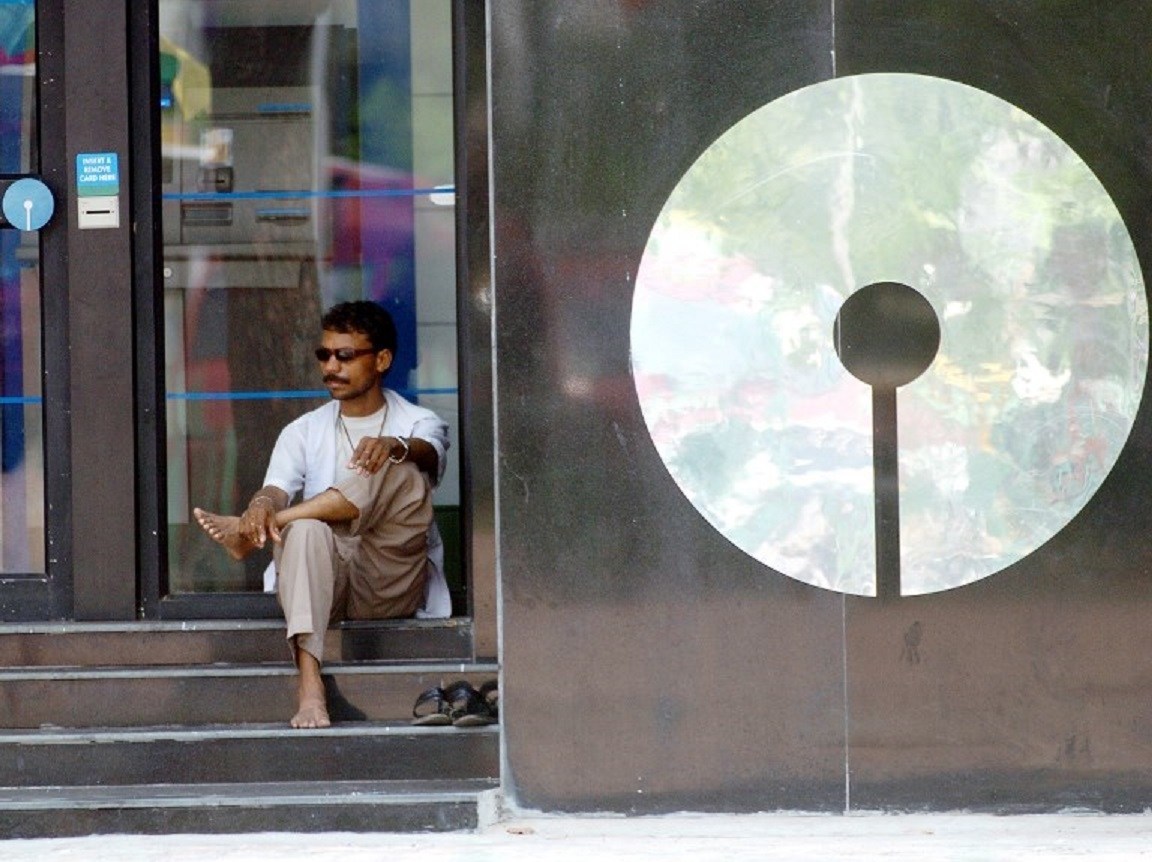[ad_1]
State Bank of India, India’s largest state-owned bank, has reported a drop in third-quarter net profit, mainly driven by an increase in provisions against bad loans.
For the October-December quarter it reported a 6.9% year-on-year drop in standalone net profit at 52 billion rupees (US$713 million), down from 55.83 billion in the year-ago quarter. On a sequential basis, its profit after tax grew 13.6% from the 45.74 billion rupees reported in the quarter ended September 30.
The third-quarter numbers have beaten analysts’ estimates. They had expected the state-owned bank’s profits to decline anywhere between 15% and 58%. The lowest profit after tax estimate was by HDFC Securities, at 23.60 billion rupees. The markets welcomed the results and the bank’s stock price rose 6.55%, topping the gainers list on the National Stock Exchange.
The bank’s net interest income during the third quarter was up 3.7% at 288.20 billion rupees ($3.95 billion), as against 278 billion rupees last year. It increased 2% from the preceding second quarter (282 billion rupees).
State Bank of India’s total gross advances increased 6.7% on year to 24.56 trillion rupees ($336 billion), up from 23.01 trillion rupees in the year-ago period. Sequentially, the loan book grew 3% from 23.83 trillion rupees. While domestic corporate loans grew 2.23% from last year to 7.88 trillion rupees, retail loans soared 15.5% to 8.31 trillion rupees. Meanwhile, deposits jumped 13.6% year-on-year to 35.35 trillion rupees.
The total provisions for the quarter were 103.42 billion rupees ($1.41 billion), of which provisions for non-performing assets were 22.9 billion rupees. The bank said it has made provisions of 52.65 billion rupees to account for loans that have not been recognized yet as bad loans due to the special dispensation of the Supreme Court. In the year-ago period, the total provisions were 72.52 billion rupees.
The apex court had in September extended the relaxation of rules governing the classification of non-performing loans until further notice. It also reiterated that banks must not classify as bad any loans that were performing at the end of August until further orders are issued.
Loan losses
Earlier the Reserve Bank of India had in its December 2020 edition of its financial stability report said that loan losses in the country’s banking sector, as measured by the gross non-performing asset ratio, could nearly double to 13.5% by September 2021 in a baseline scenario, and to as high as 14.8% in a severe-stress scenario resulting from the pandemic. The GNPA ratio stood at 7.5% in September 2020.
Central bank governor Shaktikanta Das had observed that there could be balance sheets impairments and capital shortfalls, especially after the regulatory reliefs are rolled back. The banks will also have to meet the funding requirements of the economy as it traces a revival from the pandemic. Hence, maintaining the health of the banking sector will be a priority, he added.
[ad_2]
Source link













